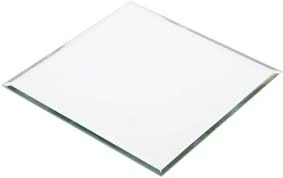

Annealed Float Glass An Overview
Annealed float glass is a widely used material in the construction and manufacturing industries. Renowned for its clarity, smooth surface, and uniform thickness, this type of glass is produced through a process known as the float glass method. This article delves into the characteristics, production process, advantages, and applications of annealed float glass.
The float glass process was developed in the 1950s and revolutionized glass manufacturing. It involves melting raw materials, including silica sand, soda ash, and limestone, into a molten glass that is then poured onto a bed of molten tin. This unique method allows the glass to float on the tin, which results in a perfectly flat surface. After cooling, the glass is annealed—meaning it is slowly cooled to relieve internal stresses. This part of the process ensures that the glass maintains its integrity and reduces the likelihood of spontaneous breakage.
One of the defining characteristics of annealed float glass is its optical clarity. The glass has minimal distortion, allowing for excellent visibility, making it ideal for windows and facades. Additionally, it is available in varying thicknesses, typically ranging from 2mm to 19mm, providing versatility for different applications. The smooth surface of annealed float glass also facilitates easier cleaning and maintenance, which is a significant advantage for both residential and commercial installations.

Despite its many benefits, annealed float glass does have its limitations. While it is strong under normal conditions, it is more susceptible to breakage under impact compared to tempered or laminated glass. This susceptibility makes it less suitable for high-stress environments, such as glass doors in busy commercial spaces or in areas prone to extreme weather conditions. However, for many applications, its cost-effectiveness and aesthetic appeal outweigh these factors.
The versatility of annealed float glass makes it suitable for a wide array of applications. In architecture, it is used for windows, curtain walls, and glass doors, providing an unobstructed view and allowing natural light to brighten interiors. In the automotive industry, it is used in vehicle windows, contributing to both functionality and safety. Additionally, it is widely utilized in the production of mirror glass, table tops, and decorative panels.
In conclusion, annealed float glass remains a vital component in both everyday and specialized applications. Its production process, characterized by the float method and subsequent annealing, ensures quality and consistency. While it has certain limitations, its advantages make it a popular choice for a variety of uses in modern construction and design. As industries continue to evolve, the demand for reliable and aesthetically pleasing materials like annealed float glass is likely to grow.